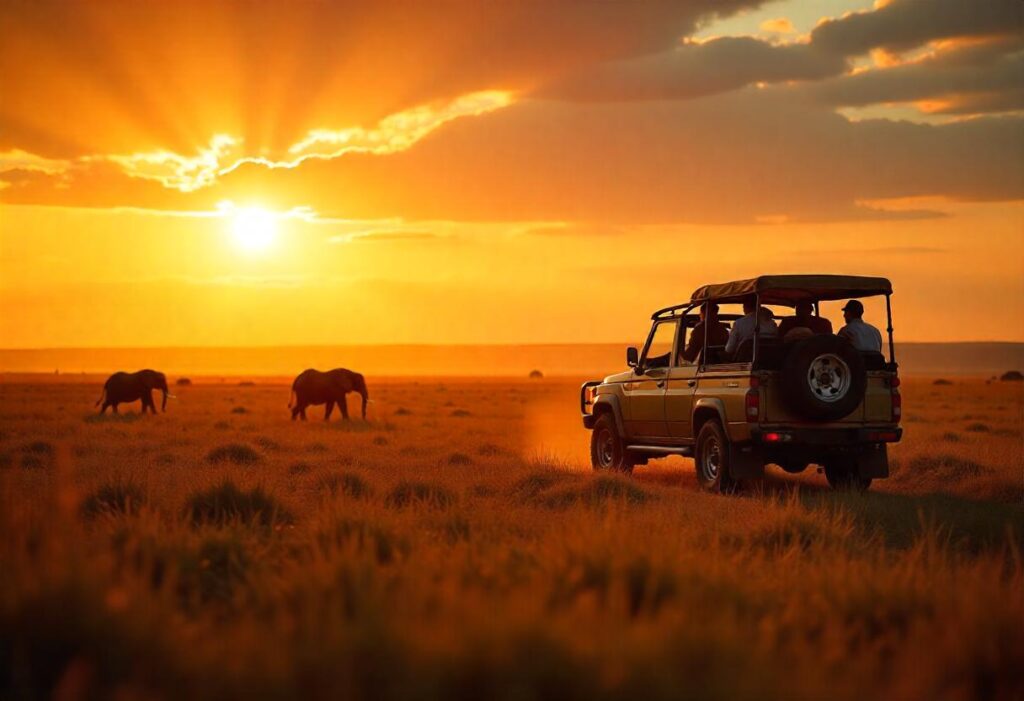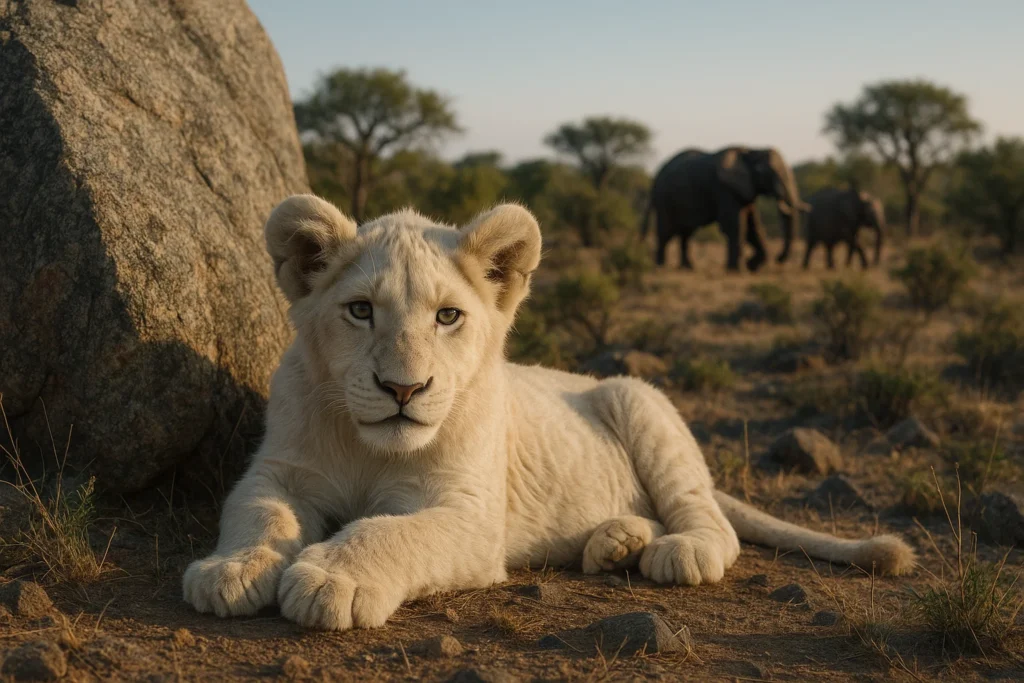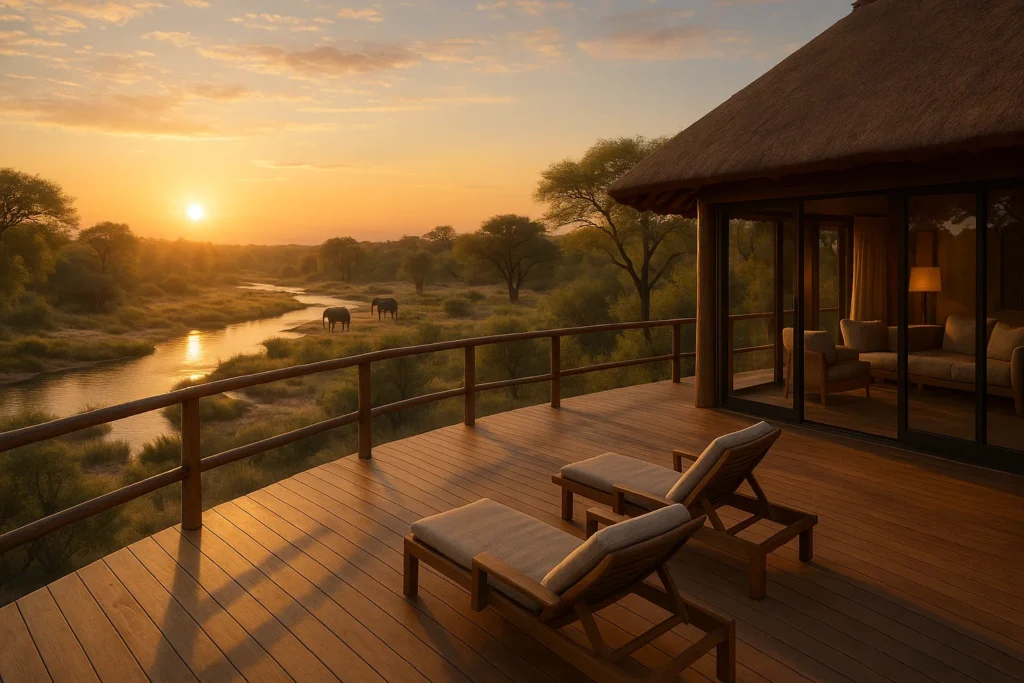Planning a safari is an exciting experience—one that promises unforgettable wildlife encounters and remote adventures. But before you set off, there’s one crucial detail not to overlook: travel insurance. In this guide, we’ll break down the essential types of coverage, what to consider for safaris specifically, and how to choose the right policy.
Why you need travel insurance for a safari
Going on safari often means traveling to remote regions in Africa, engaging in outdoor activities, and being far from advanced medical care. This makes having comprehensive travel insurance not just helpful—but essential.
The unpredictability of nature and travel
Flight cancellations, unexpected illnesses, and lost luggage can disrupt your trip at any moment. Insurance provides peace of mind and financial protection.
Medical emergencies in remote areas
In national parks and reserves, medical facilities may be hours away. Insurance with emergency evacuation coverage is crucial if you need to be airlifted to a hospital.
Essential coverage for safari travel insurance
Not all travel insurance policies are designed with safari travelers in mind. Here are the key components you should look for:
1. Emergency medical and evacuation coverage
Make sure your policy includes:
- Emergency medical treatment
- Medical evacuation by air ambulance
- Repatriation if necessary
Tip: Look for policies that cover at least $100,000 in emergency medical expenses and $250,000 in evacuation costs.
2. Trip cancellation and interruption
Safaris often involve prepaid tours, lodges, and permits. If illness, injury, or unforeseen events force you to cancel or cut your trip short, this coverage helps you recover those non-refundable costs.
3. Baggage loss or delay
Lost or delayed luggage can be more than an inconvenience when you’re heading to remote areas with limited shops. This coverage ensures you can replace essential gear and clothing.
4. Travel delay and missed connection
Safari itineraries may involve multiple flights and connections. If delays cause you to miss a leg of your journey, insurance can cover new bookings and accommodation costs.
Optional but valuable add-ons
Depending on your destination and activities, you may want to consider extra coverage:
Adventure or high-risk activities
Some insurers exclude coverage for wildlife tracking, hot air ballooning, or bush walking safaris. Make sure these are included if they’re part of your itinerary.
Covid-19 and epidemic coverage
Many modern policies now include trip protection in case you contract Covid-19 before or during your safari, or if border restrictions change unexpectedly.
How to choose the right safari travel insurance
Compare safari-specific insurers
Companies like World Nomads, IMG, or Seven Corners offer adventure travel plans tailored for safaris. Always read the fine print.
Declare pre-existing conditions
Failing to disclose medical conditions can void your policy. Choose a plan that offers a waiver if needed.
Match coverage to your destination
Different parks and countries may have different risks. For example, a self-drive safari in Namibia carries different risks than a guided trek in Uganda.
Final thoughts
Travel insurance for safaris isn’t just a formality—it’s a smart investment in your safety and peace of mind. With the right coverage, you’ll be free to focus on what matters most: the experience of a lifetime among Africa’s incredible wildlife.
FAQs about safari travel insurance
Yes. Tour operator policies often cover only parts of your itinerary. You still need personal medical, evacuation, and trip interruption coverage.
Check the terms. Many credit card policies offer limited protection and may not include evacuation or high-risk activity coverage.
It depends on your age, destination, and trip duration. Expect to pay between 4%–10% of your total trip cost for comprehensive coverage.






